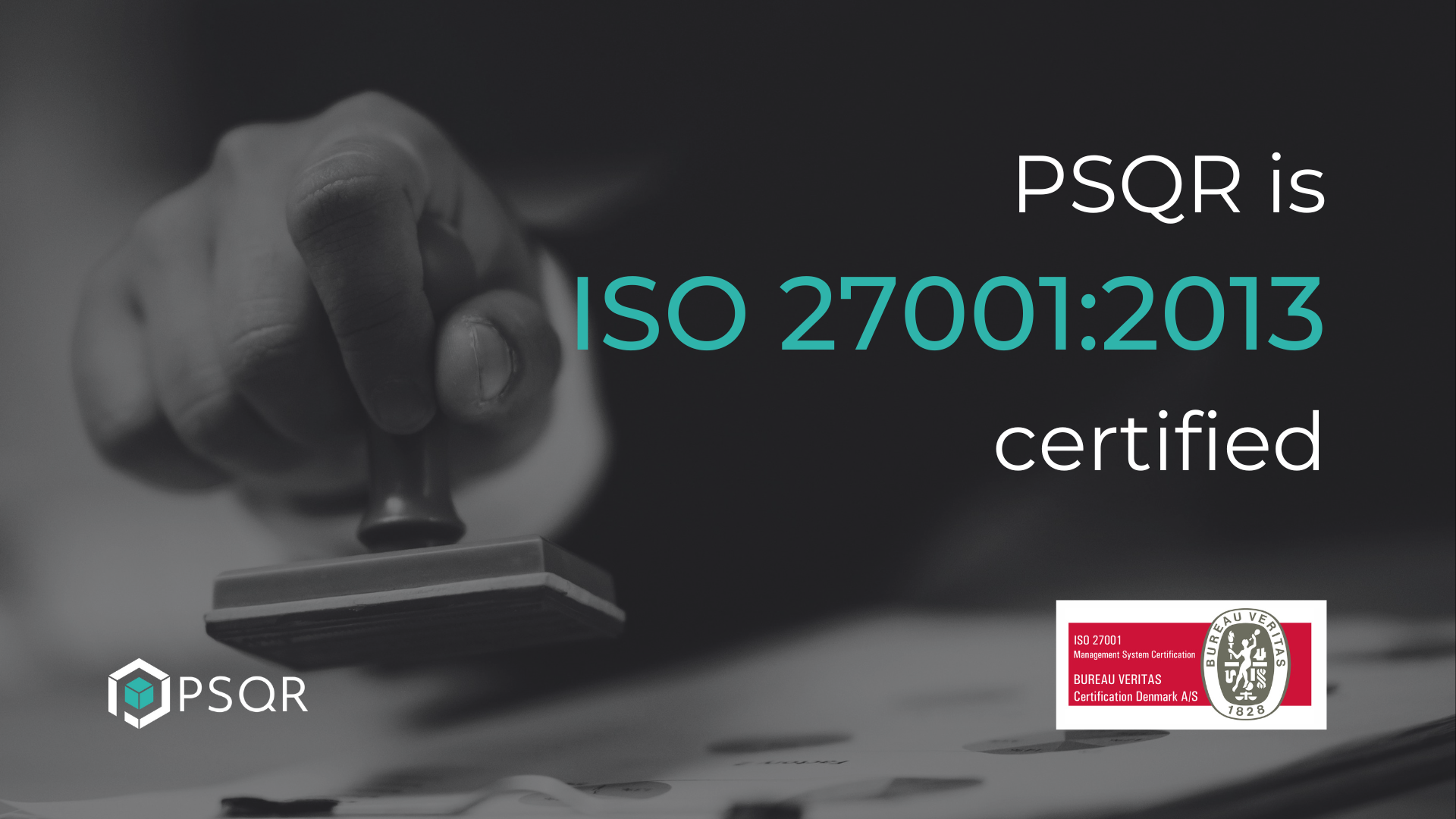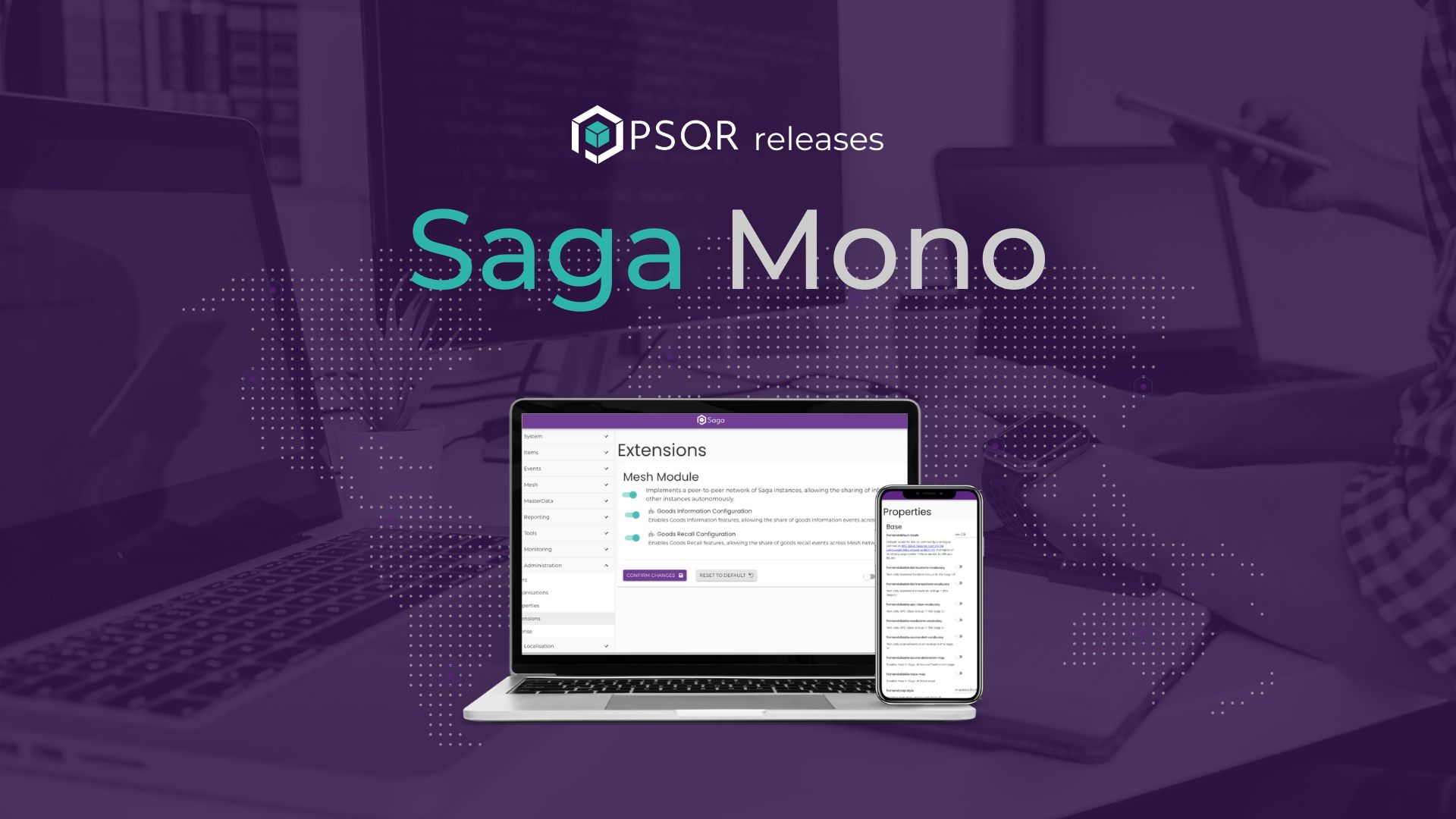The criticality of interoperability
It’s a well-known fact that it’s not a lack of effective supply chain technology that gets in the way of enabling the flow of supply chain data (traceability! transparency!) across trading partners, it’s a lack of interoperability.
It’s also been shown that the vast majority of the information required to manage today’s complex global supply chains effectively resides outside of any one enterprise. Ipso facto, the design of many complex supply chains (albeit unintentionally) ends up in a break down.
The Criticality of Interoperability
Optimizing the whole, one of the seven lean principles, means caring about the flow of value through the entire process from beginning to end, throughout the value stream. You can’t do this if each node in the supply chain is a data silo.
The cost of breakdowns: people, earnings, inventory
Over the past two years, throughout COVID-19, we have seen example after example of the reflection of the supply chain breakdowns in earnings reports.
At one point, we did a rather unscientific analysis of earnings reports over a 6 month period, and by a margin of 50-1 these reports called out supply chain failures, not successes, as materially impacting results (the exception: Apple).
In a majority of cases, it can be traced back to the fact that dramatic fluctuations in demand for products in one part of the world, and supply capacity and firepower to manufacture products in another part of the world, were not being shared in real-time across trading partners.
The result? Either not enough inventory, excess inventory, stranded inventory, or (in the case of food) the destruction of the inventory because it could not make it to market in time.
The real tragedy, however, is the impact that supply chain breakdowns have had on the 450 million people working in the global supply chain, many of whom faced reduced income or job loss as shops closed, orders were cancelled, production was stopped, and supply chains came to a halt.
In EPCIS (Electronic Product Code Information Services) we trust
But there is very good news on the horizon: EPCIS 2.0 has reached the community review stage and is due to be ratified by GS1 in the coming weeks. As a traceability software company built on interoperability-enabling EPCIS standards, PSQR could not be more excited.
About EPCIS standards
For those unfamiliar with EPCIS, it is a GS1 standard that enables trading partners to share information about the physical movement and status of products as they travel throughout the supply chain – from business to business and ultimately to consumers.
It helps answer the “what, where, when and why” questions to meet consumer and regulatory demands for accurate and detailed product information. The goal of EPCIS is to enable disparate applications to create and share visibility event data, both within and across enterprises. The aim of this sharing is at enabling users to gain a shared view of physical or digital objects within a relevant business context.
Voila! Interoperability. And trust.
EPCIS 2.0 adds much needed functionality, opening the door to a wave of new applications from multiple sectors, supported by development teams of different technical backgrounds and sizes.
The proposed enhancements will add functionality to support the requirements of users from a wide range of sectors, such as Fresh Foods, Textiles, IoT/Industry 4.0 and Pharmaceuticals.
The incorporated features will lower barriers to adoption by making EPCIS more accessible to developers of different backgrounds for broader adoption, enhancing traceability and creating a higher level of trust in data.
Digitalise, Simplify, Humanify
We’ll close our unabashed support for EPCIS 2.0 with a quote from Peter Carter, Director of Business Development and Innovation for GS1 Australia:
GS1 EPCIS 2.0 provides part of the solution for more responsible production and consumption, circularity and reduces waste. We digitalise, simplify and humanify information in meaningful ways.





